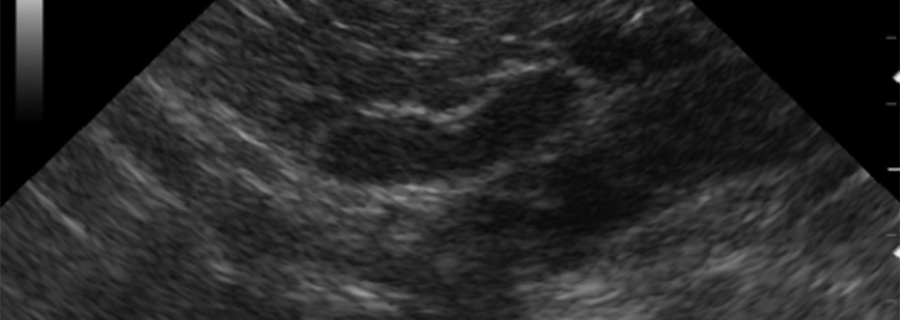
Practical ophthalmic drug use
Ophthalmic drugs can be confusing, (and difficult to spell!), in terms of their use and when to use which one. The goal of this article is to make practical recommendations for a selection of ophthalmic drugs used for common conditions.

Thoracic CT: More than just a pretty picture
Computed tomography (CT) is routinely used in human medicine to examine pulmonary, tracheobronchial and mediastinal abnormalities, and is the standard screening test for pulmonary metastasis. CT is more sensitive and accurate than radiography for detecting interstitial disease and pulmonary nodules even in the presence of pleural effusion. This article discusses thoracic CT in veterinary patients.

Red blood cell transfusions
Small animal veterinary blood products have become much more accessible over the past decade. Check out this article on red blood cell transfusions.

Vomiting and anti-emetic therapy in veterinary medicine
Vomiting causes alarm and concern across species and is a common presenting complaint in our small animal patients. Read more about the pathophysiology and treatment of vomiting.

Canine hypoadrenocorticism: An overview of what we know and have learned
Hypoadrenocorticism is a life-threatening disease and is a result of failure of the adrenal glands to produce adequate hormones. Click on post title to read more about this potentially life-threatening, but manageable disorder.
